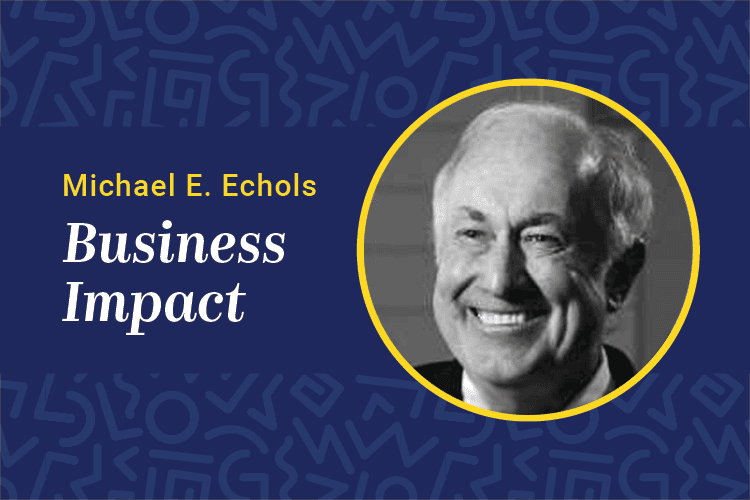There is a large and growing underutilized talent pool — returning U.S. veterans. Multiple efforts are under way to access this talent, including a massive initiative by the U.S. Chamber of Commerce called Hiring Our Heroes. At the same time there is a good deal of frustration from veterans and hiring executives about attempts to connect with one another.
First, let’s look at the vet talent pool. These are the young men and women exiting active military duty to rejoin civilian life. During the next five years there will be more than a million of these individuals seeking a new life.
While on active duty, these veterans developed skills of real value to civilian enterprises. They are loyal to the teams they are part of. They learn how to accomplish a well-defined mission. They learn how to perform under severe stress. The military invests considerable resources to develop skills required to accomplish military missions.
Individuals exiting the U.S. military come to civilian careers with abundant personal assets attractive to hiring organizations. Yet, even in the face of these attributes, the match with civilian jobs has not been easy. Veterans 18 to 24 years old have an unacceptable unemployment rate approaching 30 percent. With such great personal assets, one has to ask: Why aren’t these young citizens getting hired?
To answer the question, we need to look in more detail at what the veteran has and compare that to what companies are looking for. Monster.com has two pieces of data on the issue. The first shows that active-duty personnel skills include combat, administration, operations and mechanical skills. In contrast, hiring organizations in civilian roles are looking for IT, operations, health care and management skills.
There is a considerable mismatch between the skills acquired in military training and those needed in civilian careers. For veterans, this mismatch can be extremely frustrating as they seek job placement. A second set of mismatches from the Monster.com data concerns veterans’ education level. Here we are looking at the degree mismatch.
Among degree holders, approximately 45 percent of the exiting military personnel leave the service with an associate’s degree, but only 9 percent of jobs in civilian organizations require associate’s degrees. Further, 56 percent of positions require a bachelor’s degree, but only 21 percent of exiting military personnel have earned that education.
Veterans qualify for tuition reimbursement up to $17,500 per year for themselves, their spouses and their children. The national resources available are more than $10 billion. The bad news is that only 36 percent of veterans who qualify are using their education benefits. Unfortunately, there are additional unfavorable results. MSNBC estimates that almost 88 percent of veterans enrolled at colleges and universities fail to complete their first year of post-secondary education.
Both veterans and hiring executives have opinions about the mismatch in the job market. The most common advice involves how to dress for interviews and how to deal with the mismatch between military jargon and the language civilian business leaders use. Terminology is a problem, but there is more at stake. The challenges go well beyond courses and degrees.
In the military, leadership is dictated by the mission of the unit. Active-duty personnel have purpose defined by that mission. While problem solving is critical to mission success, the range of information being processed is relatively finite. Direction is given in command form with virtually no debate. Looking at the problem a different way is discouraged.
Civilian challenges are different. In civilian life, enterprises are bombarded with a near infinite amount of information. Predicting the future is nearly impossible. Good leaders accept debate as a constructive way to improve outcomes. To be successful decision makers in these complex civilian settings, the veteran needs to bridge from the well-defined military purpose to civilian roles with new purpose.
Innovation in both curriculum design and service support is needed for individuals, organizations and our nation to fully benefit from this high-potential, high-quality talent pool our returning service personnel present to our economy.
Michael E. Echols is the vice president of strategic initiatives at Bellevue University and the author of ROI on Human Capital Investment. He can be reached at editor@CLOmedia.com












